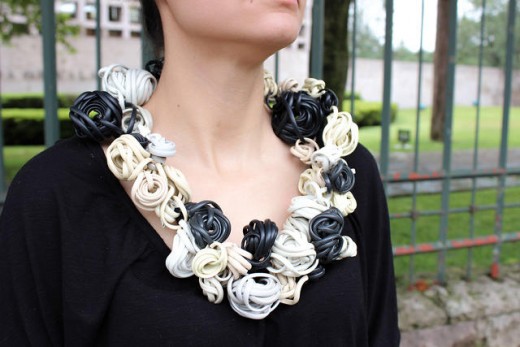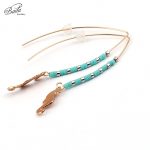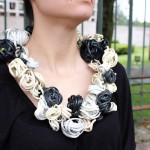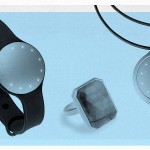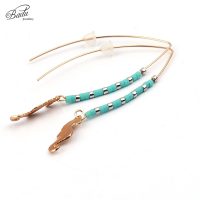This jewellery Is Trash, actually–it’s jewellery constructed from Trash
A vest produced from tape reel. a ring from orange peel. An inspiring class displays how inventive materials are throughout us.
September sixteen, 2015
For most people, a field of previous VHS tapes sitting in the closet will sooner or later end up in the landfill. Few cities recycle videos, and unless they’re uncommon, nobody needs to purchase them. however when a scholar in Mariana Acosta’s jewelry type found some movies at dwelling, she began occupied with necklaces.
“Dafne rescued them from misery and started reworking them,” says Acosta, a clothier who leads a challenge called valuable Waste at Mexico’s Universidad Gestalt de Diseño, helping college students examine to design with trash.

outdated videos aren’t straightforward to work with. “The tape just needed to unroll, and each single time ended up on the floor in a messy pile,” says Acosta. “She needed so laborious to regulate the tape that sooner or later I requested her to just let the mess be, to take a bunch of tape and just play with it. She ended up tangled in it, and from that she determined to design a ‘chaos vest.'”
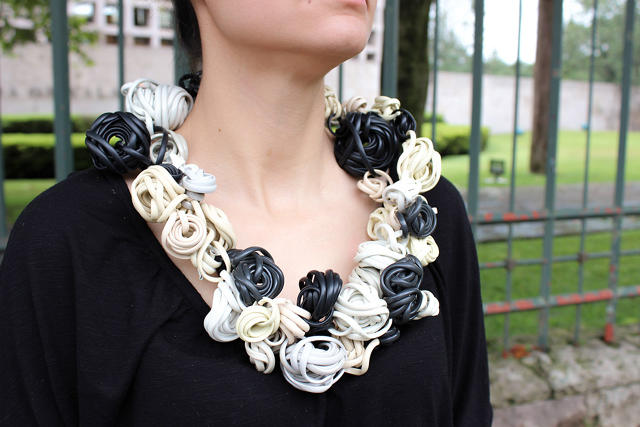
each and every student within the category begins with the aid of learning the trash around them—each what they are throwing out themselves, and extra abnormal waste that they can in finding in several environments. “After a number of at least 40 materials is made, they have to research them and meticulously classify them,” Acosta says. the fabric can be the rest—egg cartons, soda can tabs, industrial packaging, outdated magazines—as long as it’s plentiful enough. Then they start to test.
To move the class, the completed work must be wearable and a hundred% completed. “The working out of the main points is pivotal to the class course of,” she says. some other pupil designed a dress from PET bottles, reducing the bottles into flower-like scraps that used each piece. As she added plastic petals to the dress, it stored getting heavier and tougher to carry together. She needed to redesign the connections to make it work.
“None of this will happen if the coed will not be dedicated to their subject material,” says Acosta. “I always inform them that when you spend enough time with it, it’ll talk again to you. And it is genuine. it’s important to take into account what the fabric is trying to let you know about it, now not the opposite direction around.”
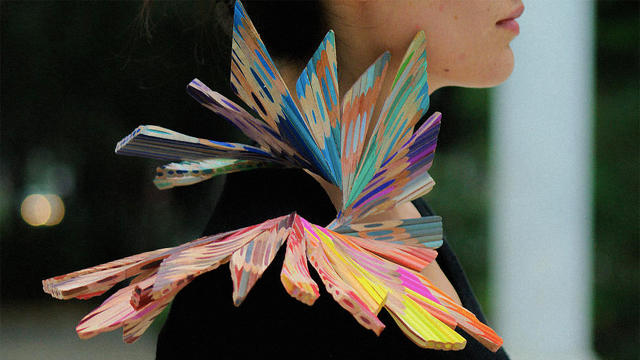
although most of the designs are one-offs, some college students are additionally working to turn waste into mass-produceable merchandise. One plans to make jewelry from egg cartons and leather-based; every other plans to make use of plastic baggage gathered from the seashore. “Waste . . . can be as helpful as valuable metals or stones,” Acosta says.
Acosta, who has taught the class for a couple of years, started excited about waste as a subject material as a grad pupil at Rhode Island faculty of Design. Her first assignment was to design one hundred rings in a week, and as she ran out of metallic, she began looking to issues just like the orange peel from her lunch as another material.
“the whole thing became precious to me,” she says. “I began questioning where worth lies in an object. . . . It does not subject what it is made from; what matters is what you do to own it and make it valuable, the time you spend exploring its transformative traits, and allow a communicate with it via a trial-and-error course of. Preciousness lies in the process, no longer in the subject material.”
(162)

